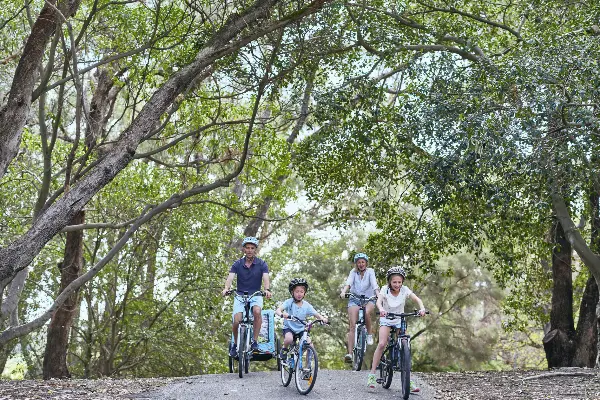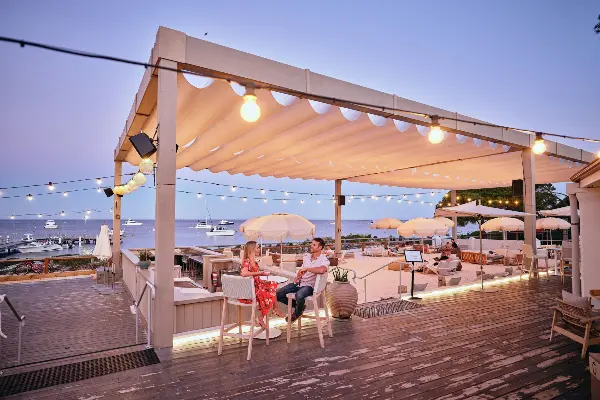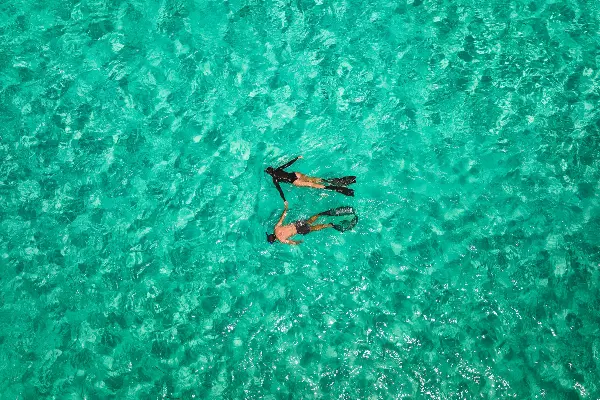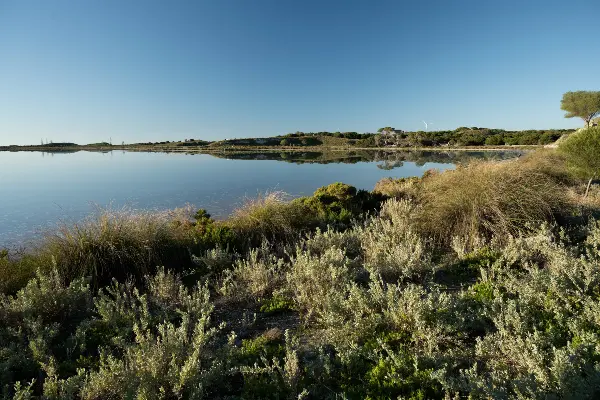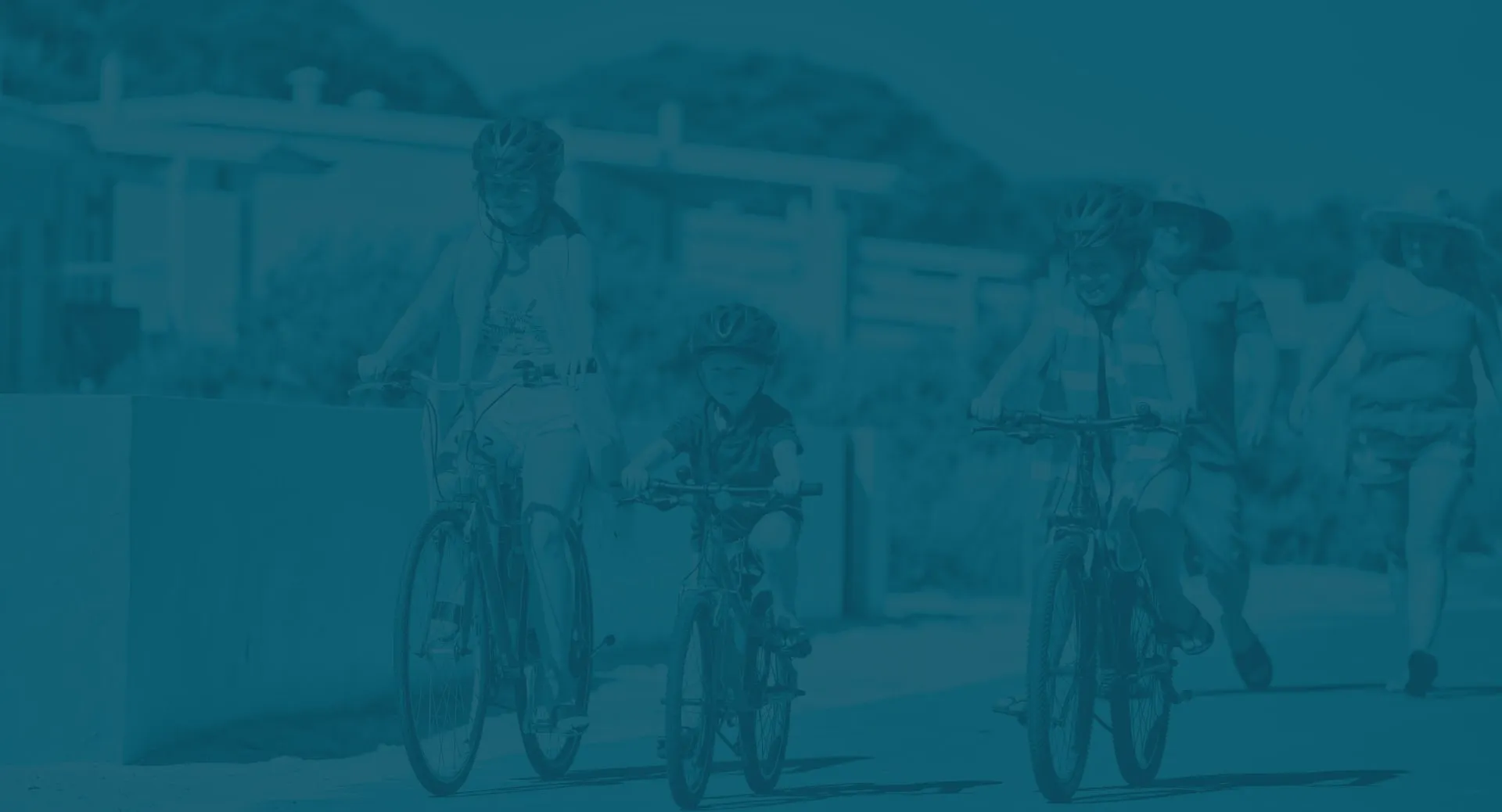
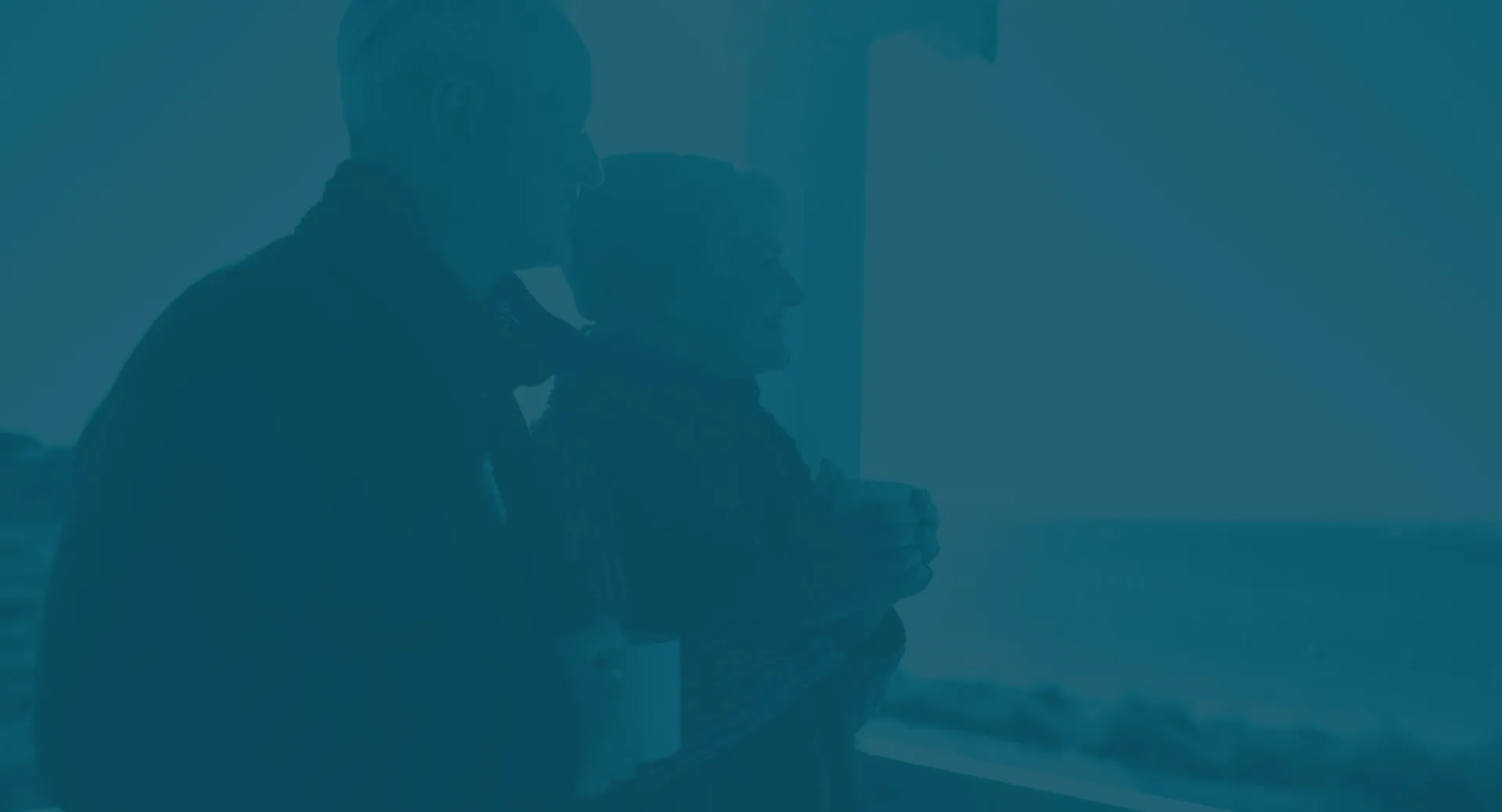
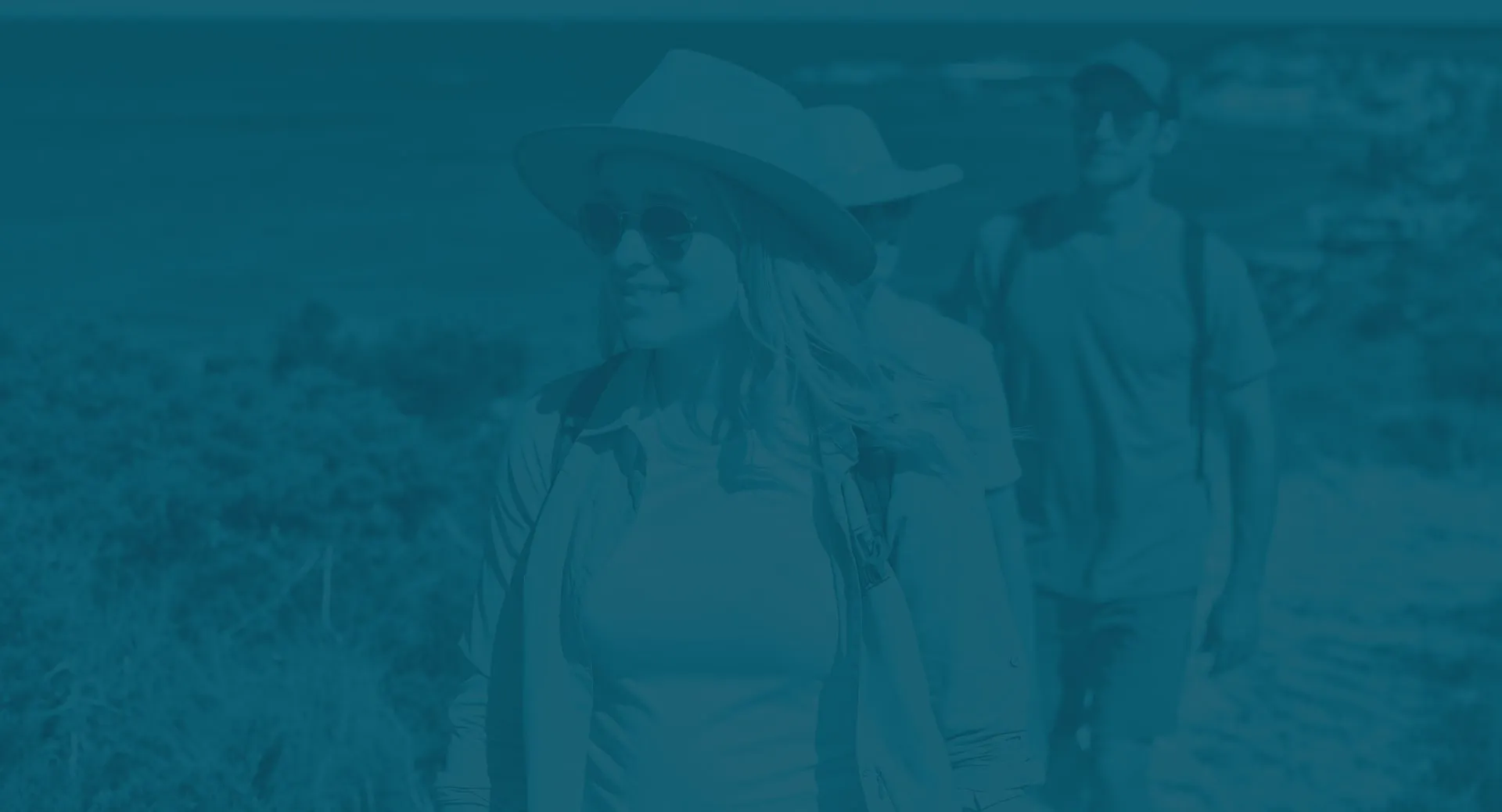
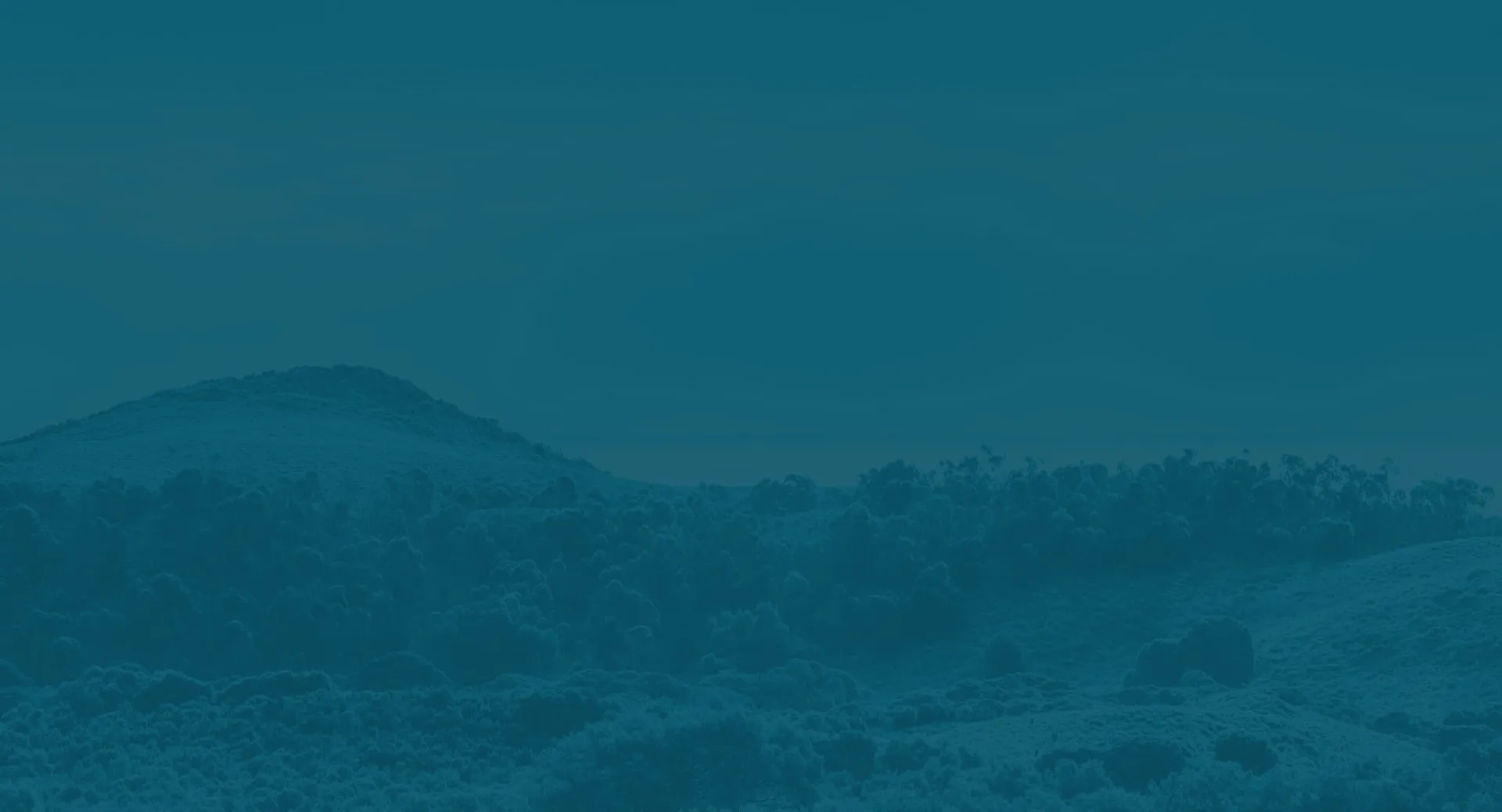
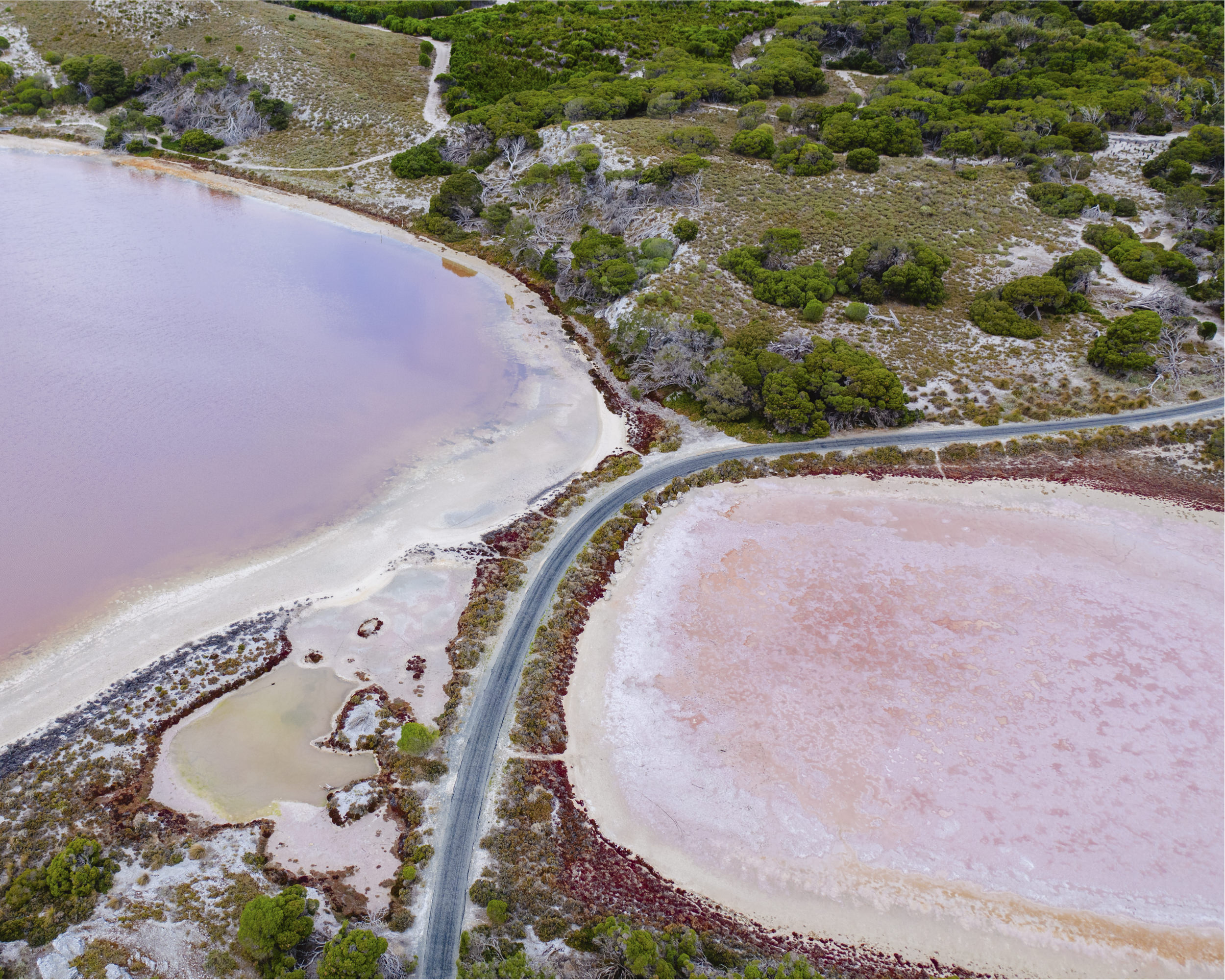
Get ready for an intriguing adventure to Wadjemup / Rottnest Island - a place of endless stories and sights to leave you in awe.
Whether you’re a regular visitor or new to the scene, there’s a world of wonders and fascinating stories just waiting to be explored at Wadjemup / Rottnest Island. Here are just a few you may be yet to learn.
1. It’s the land of the Whadjuk Noongar people.
Wadjemup is the land of the Traditional Owners, the Whadjuk Noongar people, who have an enduring cultural and spiritual connection to the land and waters.
Visitors to the island are encouraged to enrich their understanding of the Aboriginal perspective on the island. Pause, reflect and pay respect at the Koora-Yeye-Boordawan-Kalyakoorl (Past-Present-Future-Forever) sculpture at the end of the main jetty, and visit the Wadjemup Museum to learn more.
2. It’s made up of a variety of unique habitats.
Wadjemup is made up of six habitats — coastal, scrub heath, wetlands, woodlands, ocean and settlement areas. New perspectives are revealed at every corner, and the diverse landscape makes for an unmatched, breathtaking experience. Traverse the island ecosystem on the Wadjemup Bidi trails or explore the underwater world at popular snorkelling sites.
3. Its snorkelling sites are different to the mainland.
Wadjemup is one of the most amazing places to snorkel in Australia. With warm waters thanks to the Leeuwin Current, you can explore the underwater playground all year round. Despite being just 19 km from the coast of Fremantle and 33 km from Perth, it’s snorkelling sites are completely unique to what you’ll find closer to the mainland. You’ll find meadows of seagrass, hundreds of fish species (including 135 different tropical fish thanks to the Leeuwin Current), numerous types of coral, western rock lobsters and even shipwrecks!
4. It’s home to a long-nosed fur seal colony.
A colony of long-nosed fur seals live and play on the rocks at Rottnest Island’s far western end. There are viewing platforms at Cathedral Rocks and Cape Vlamingh where you can see the seals basking and rolling in the sun or bobbing about in the water.
5. It’s home to the world's larget population of quokkas.
The quokka, or kwoka in Noongar, is native to Wadjemup and family groups can be found almost everywhere on the island. With no natural predators, quokkas thrive in the natural habitat on Rottnest Island. As cute and cuddly as they may seem, it’s important to remember that quokkas are wild animals. Be sure to observe these iconic animals from a respectable distance when visiting the island.
6. It’s home to two historic lighthouses.
Rottnest Island is home to not one, but two lighthouses. Bathurst Lighthouse is located on Bathurst Point, on the north of the island. The lighthouse first shone in 1900, established in response to a series of shipping disasters including the loss of the iron ship City of York in 1899. It continues to operate today and guides ships through reefs near the island.
The original Wadjemup Lighthouse, located in the centre of the island, was completed in 1849, although it took another two years for a light to be fitted. The 20-metre structure was Western Australia’s first stone lighthouse, built to provide a safer sailing passage for ships to Fremantle Port and the Swan River Colony. A second and larger replacement tower was built on the same site in 1896, reaching 38 metres above the island. The original structure was the first lighthouse in Western Australia and the current landmark was Australia’s first rotating beam lighthouse.
7. It’s an important habitat for birds.
The island is listed as an Important Bird and Biodiversity Area (IBA), and is home to many different bird species. You can watch the majestic eastern osprey and wedge-tailed shearwaters on the coast, or visit the unique wetlands and sport migratory species including fairy terns, banded stilts and red-necked stints.
Tips for a time well spent
Make your visit even more meaningful with helpful advice from those in the know.

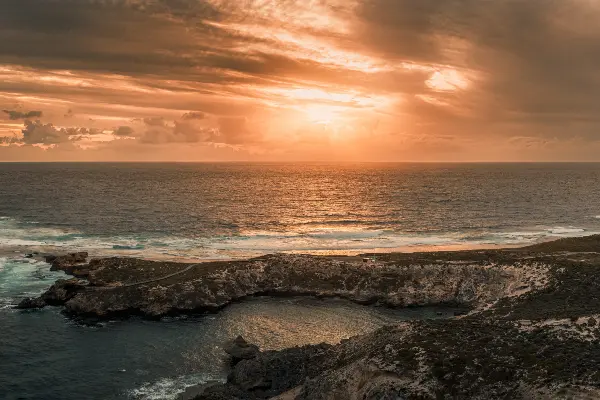
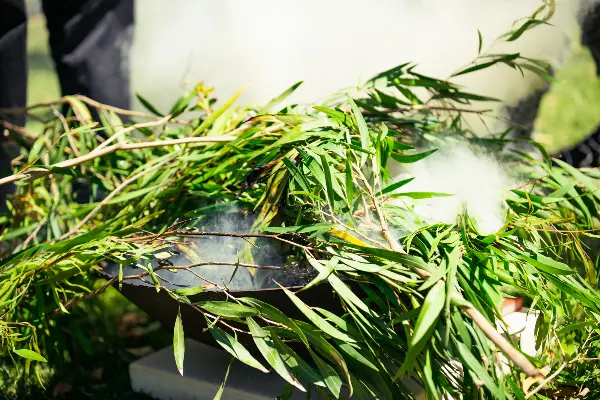
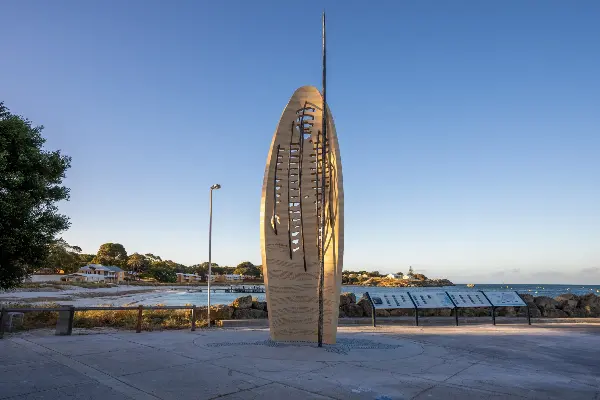
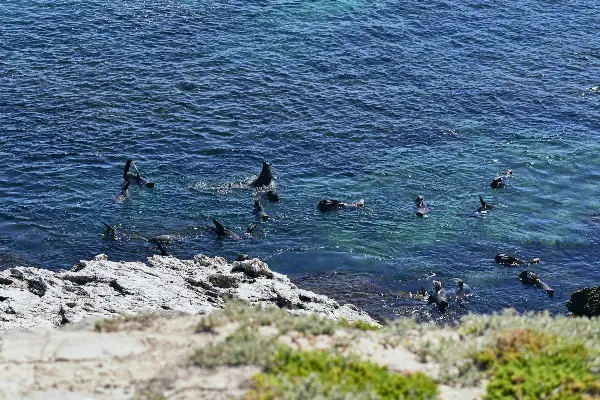
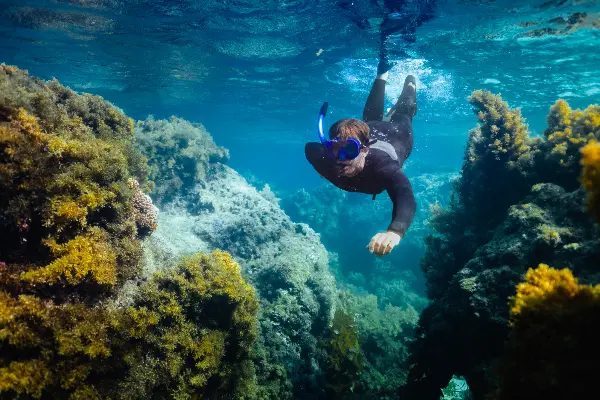
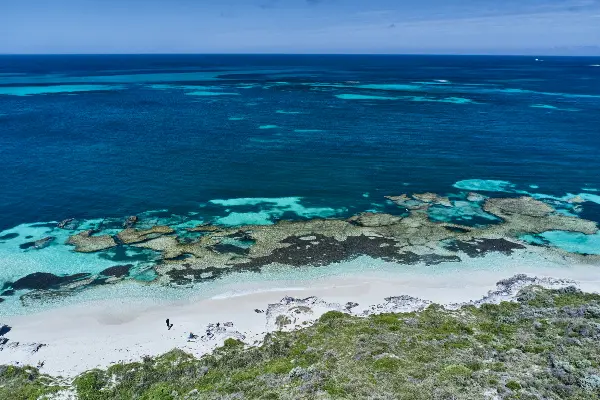
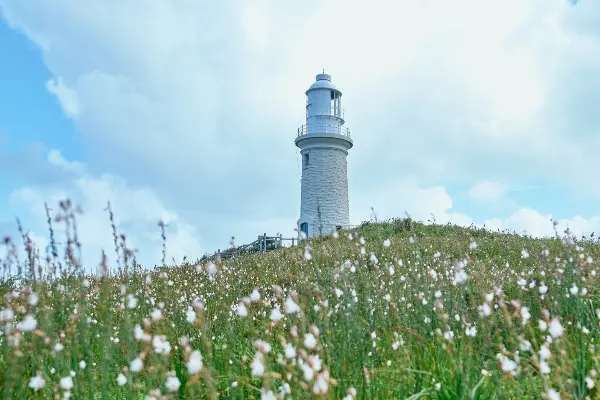
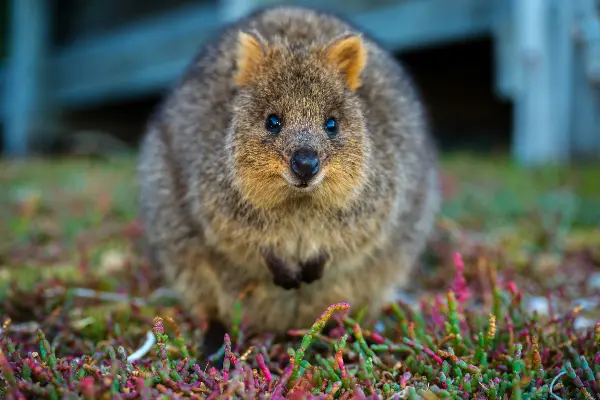
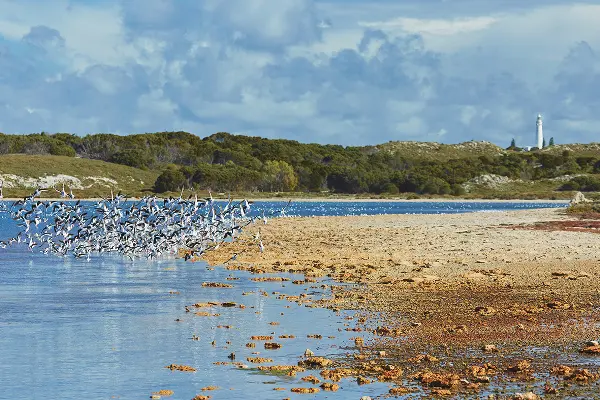
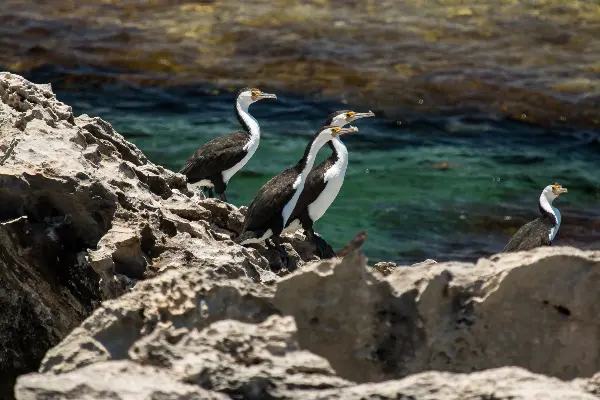
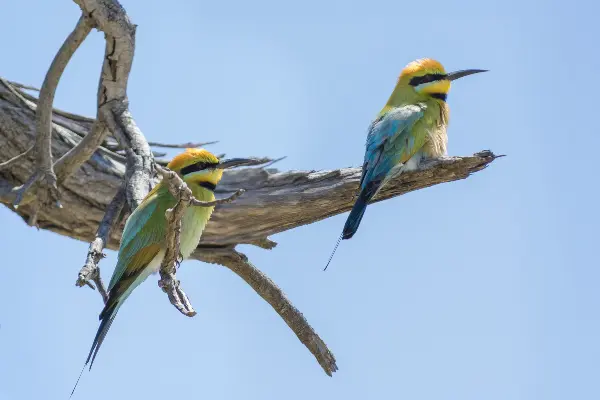
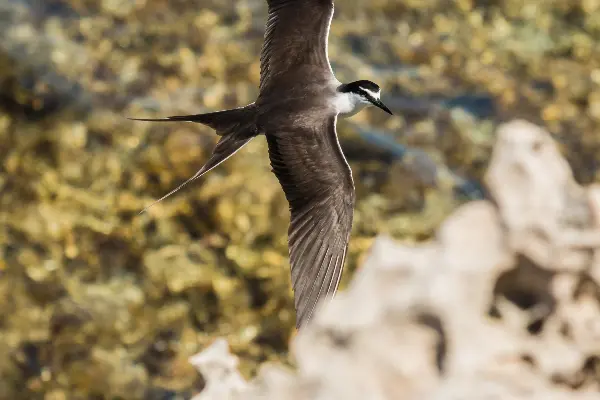
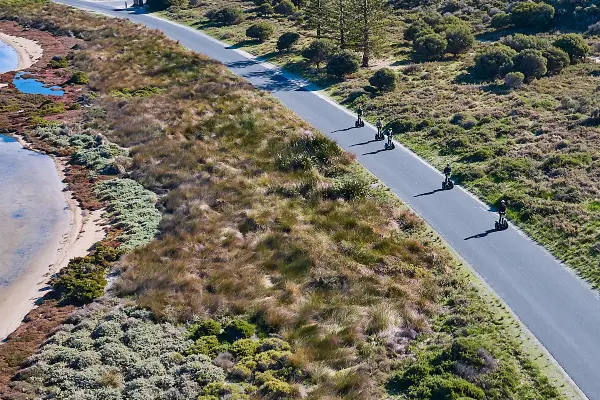
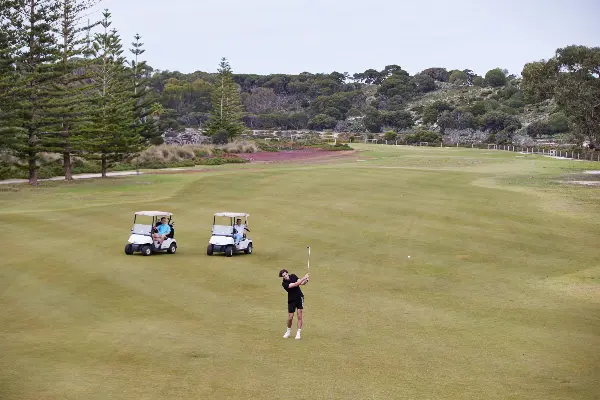
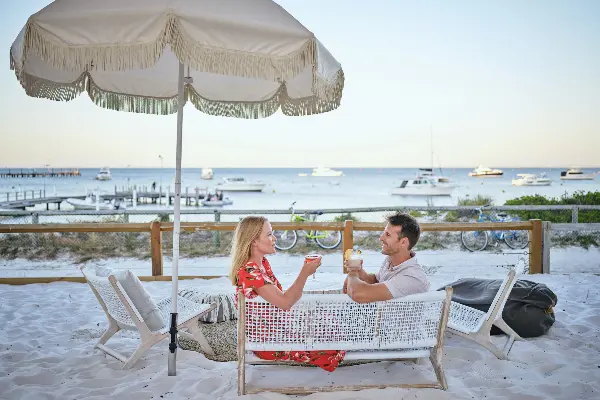
_low-res-195.tmb-fallback.webp?Culture=en&sfvrsn=71158691_1)
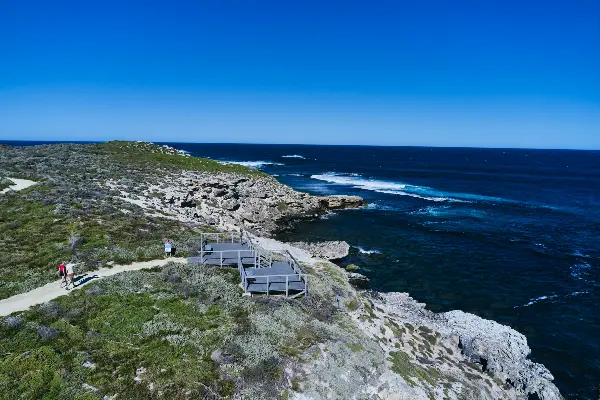
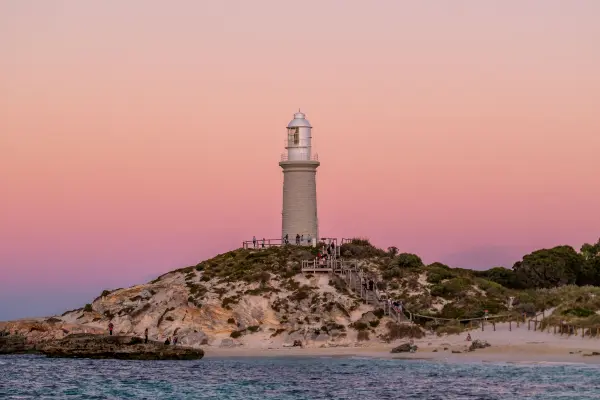
_low-res-180.tmb-fallback.webp?Culture=en&sfvrsn=e8f80bc1_1)
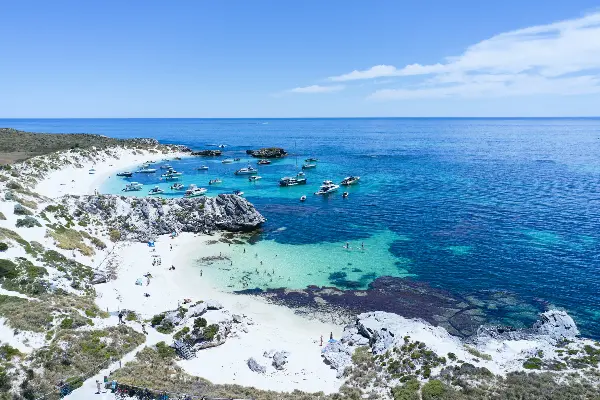
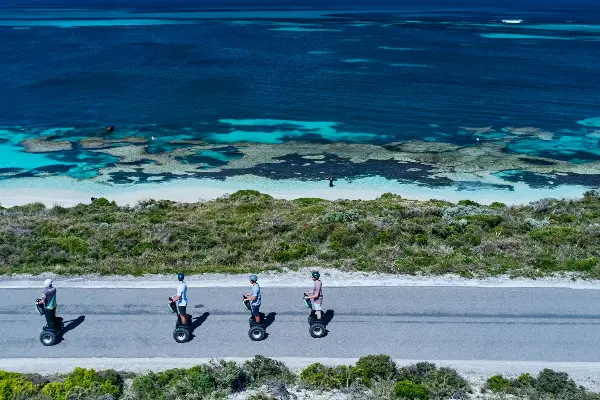
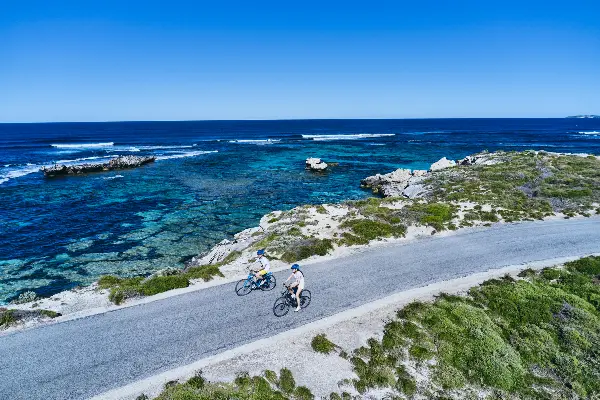
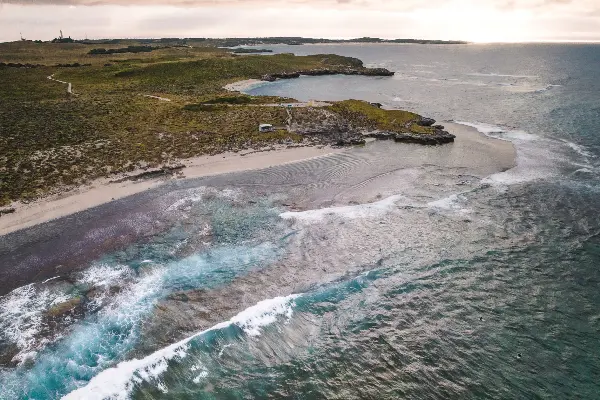
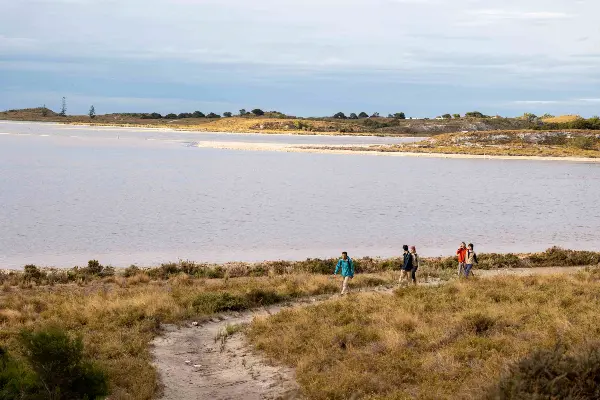
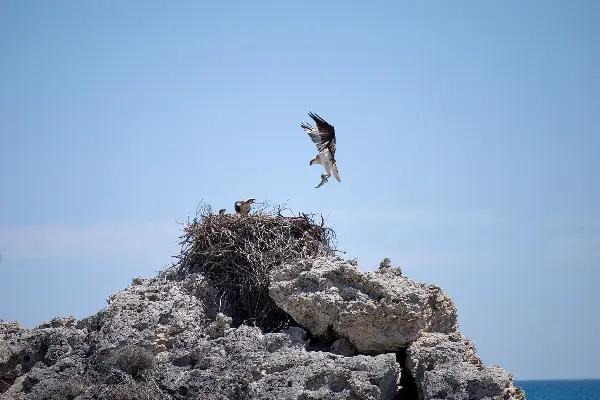
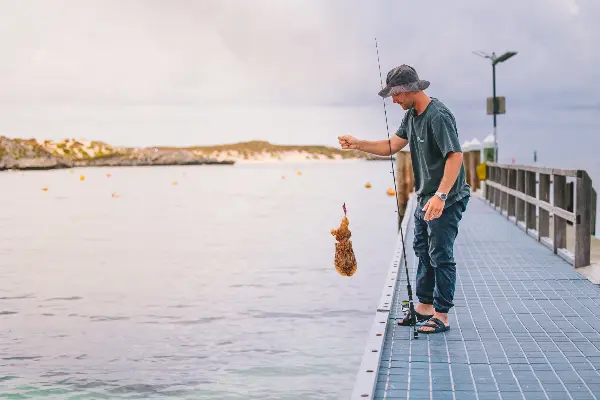
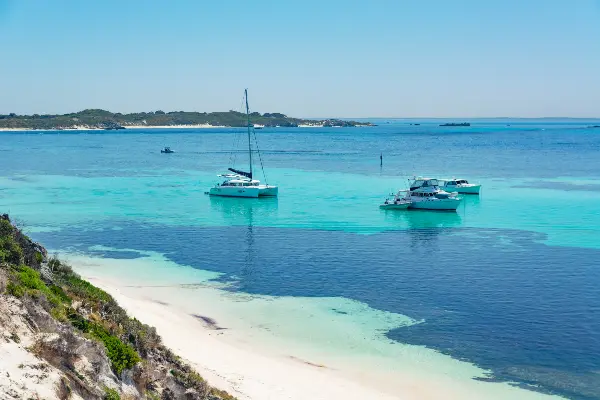
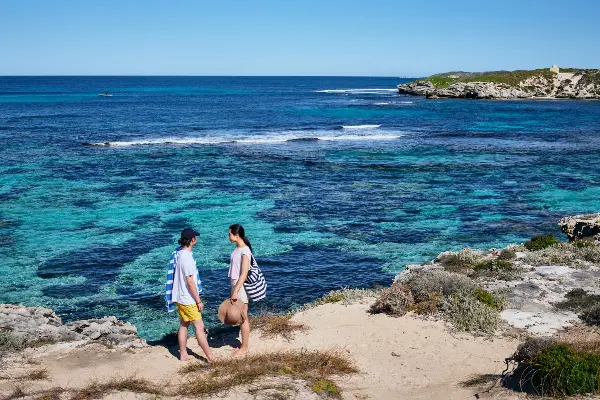
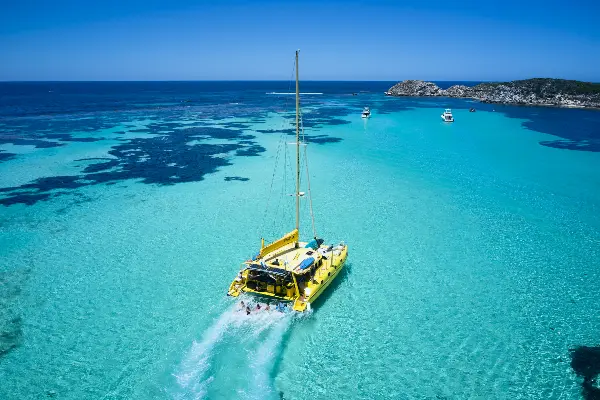

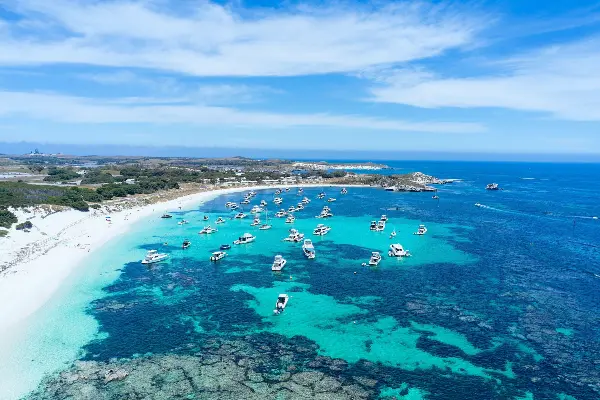
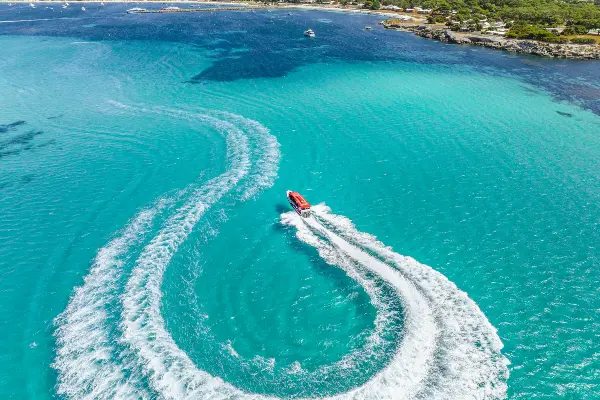
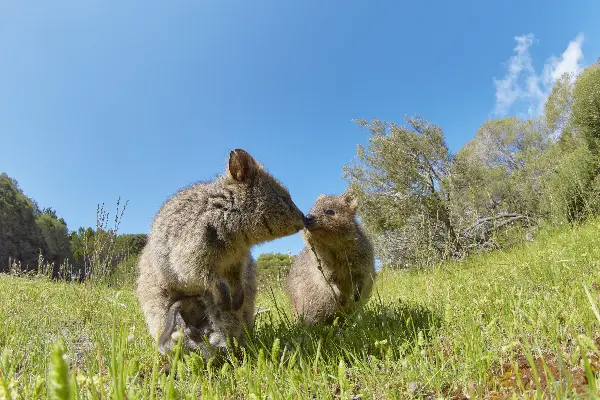
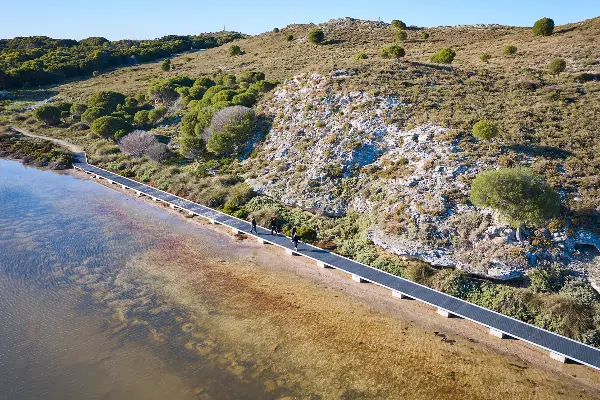
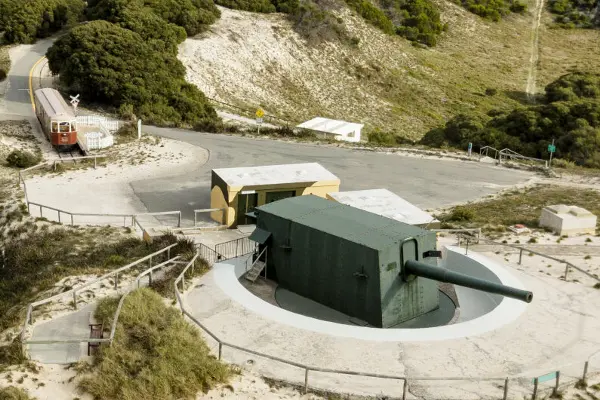
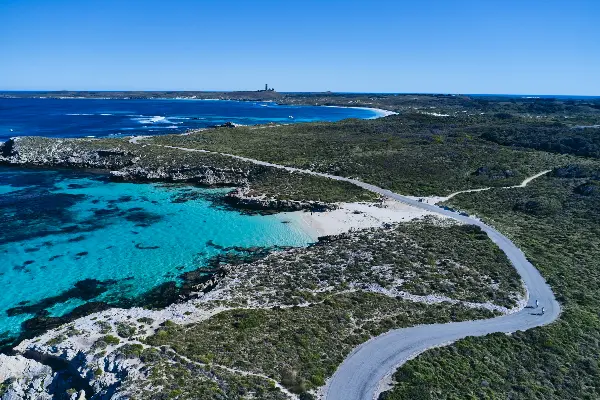
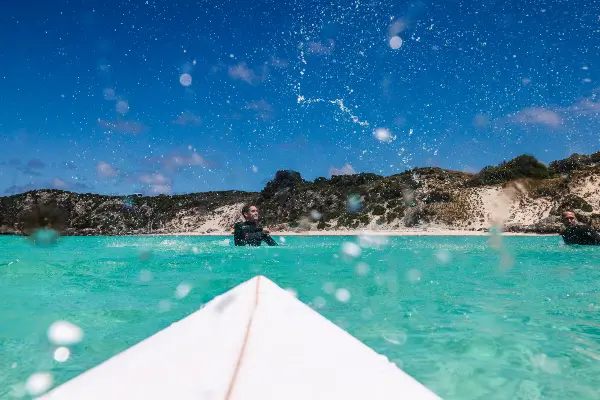
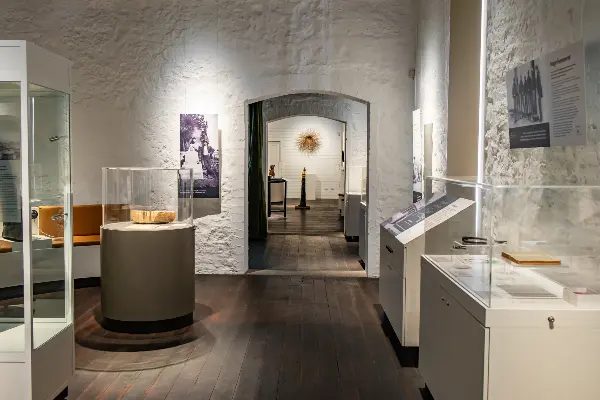
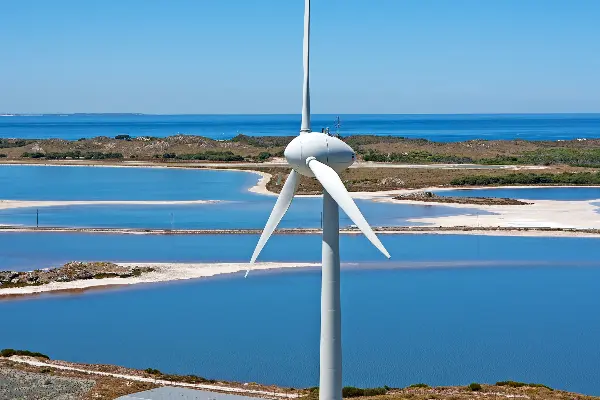
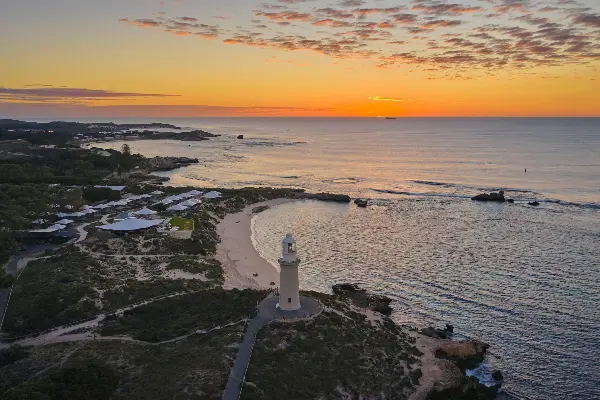
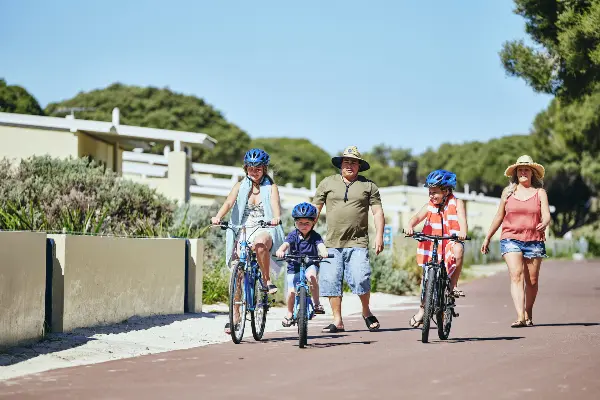
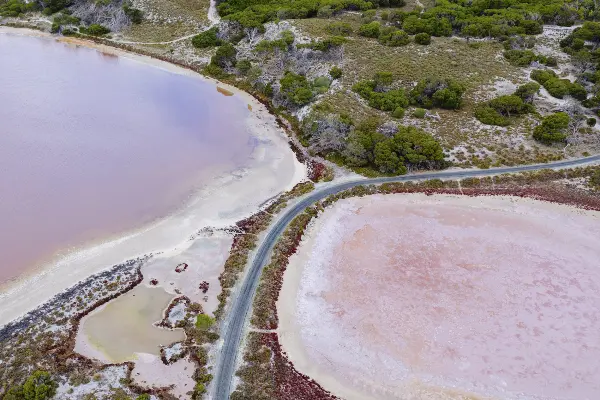
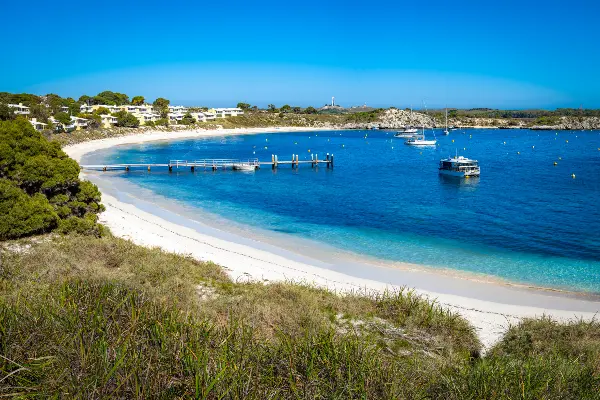
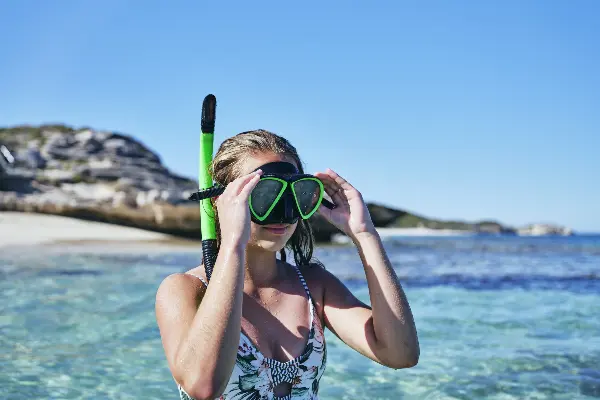
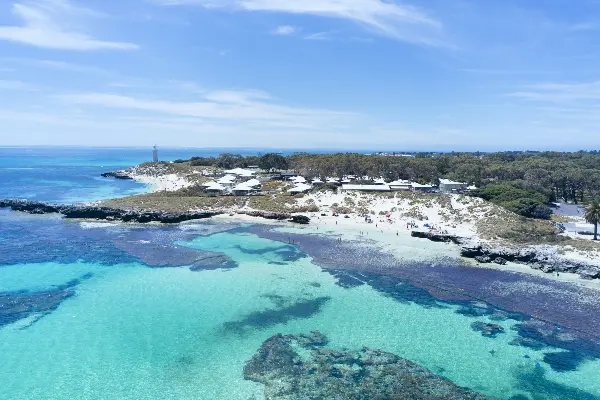
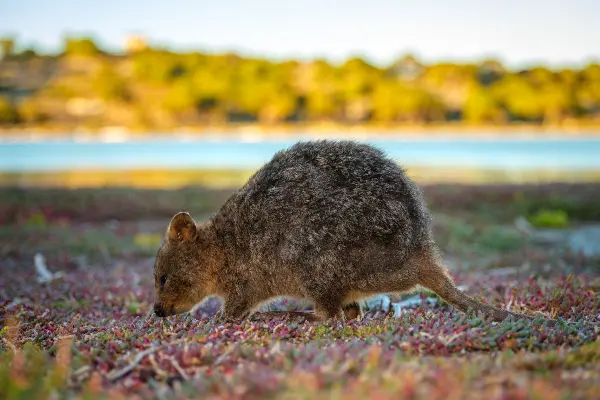
.tmb-fallback.webp?Culture=en&sfvrsn=7e1cefe5_1)
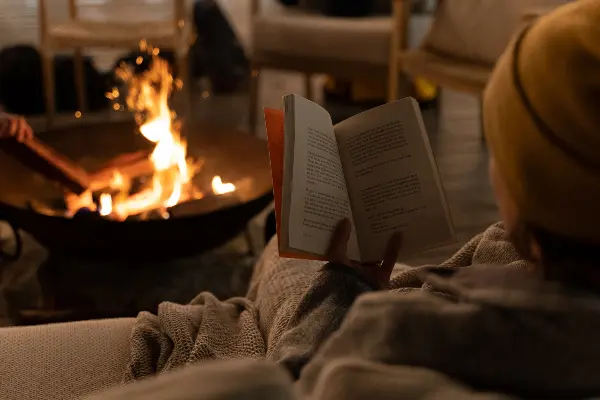
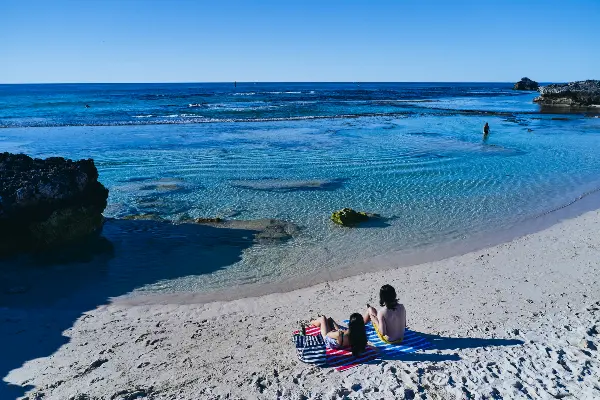
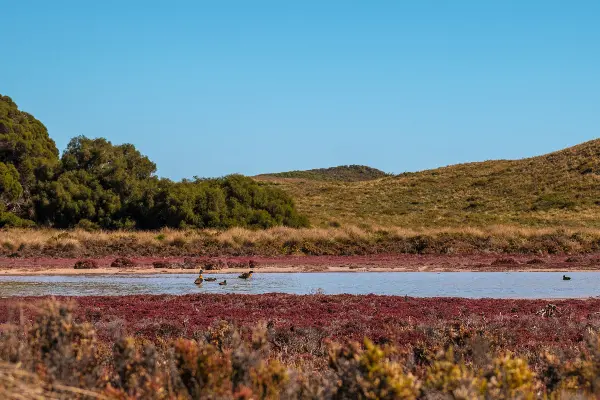
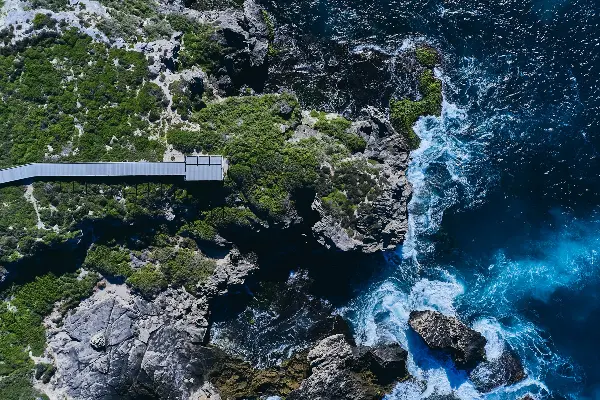
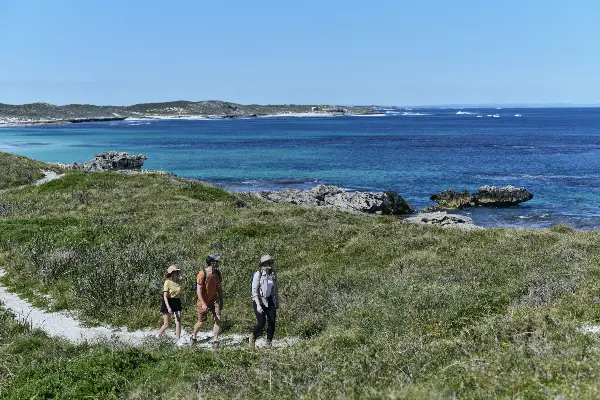
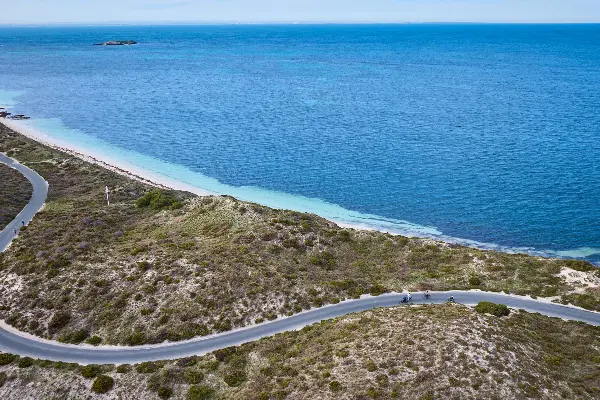
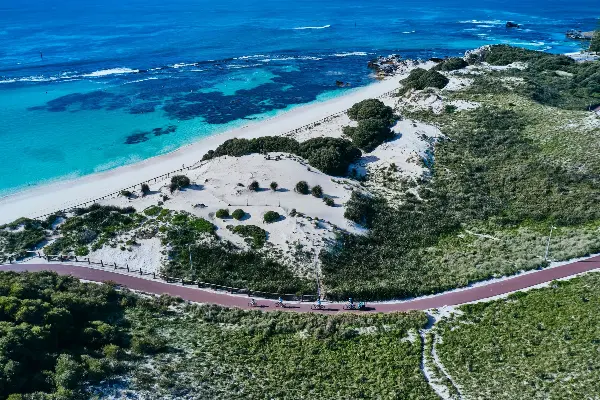
.tmb-fallback.webp?Culture=en&sfvrsn=aef6f714_1)
